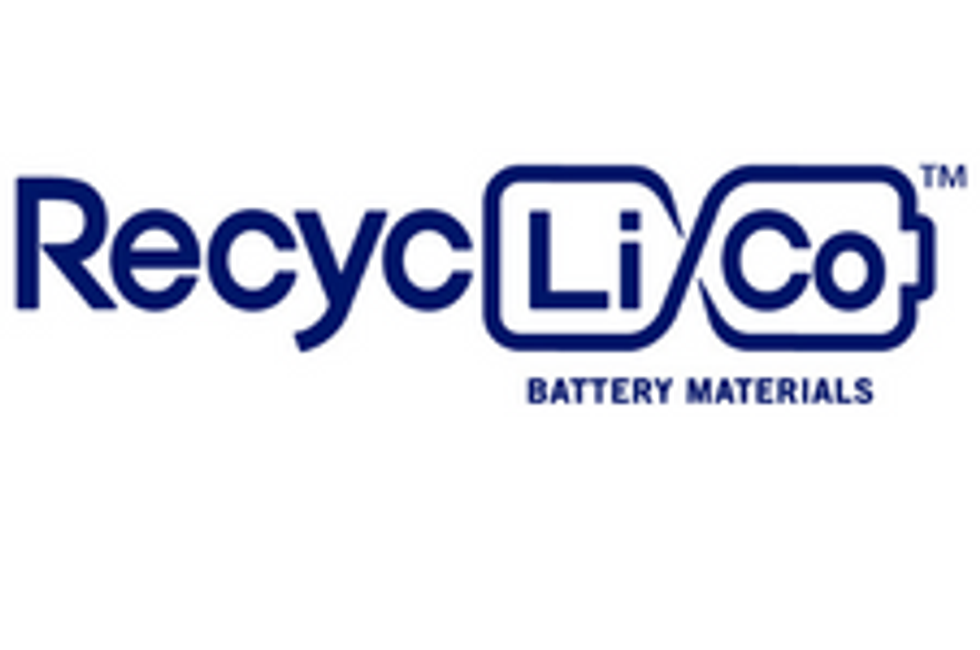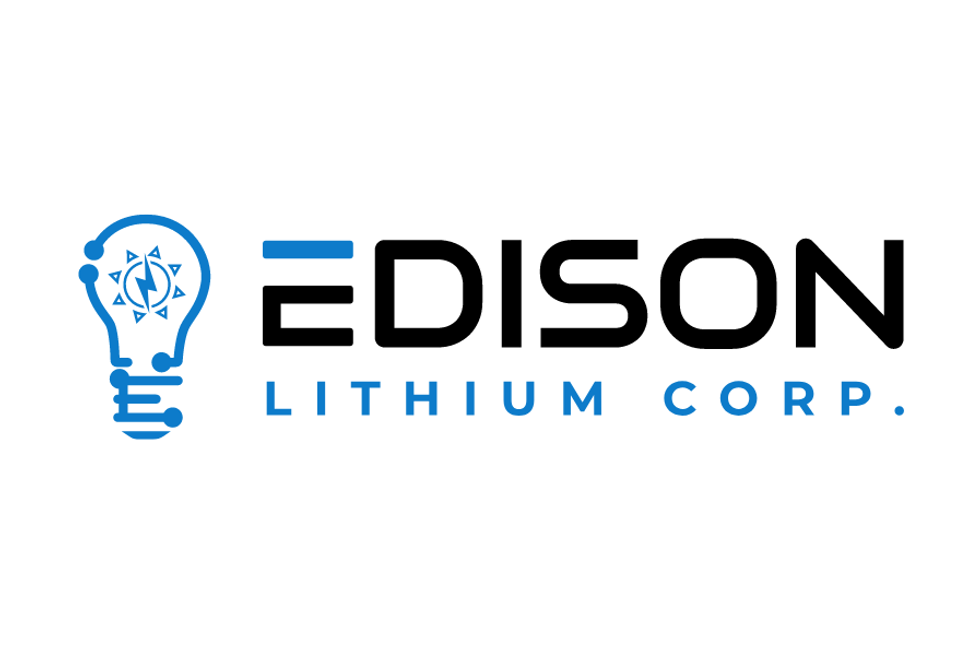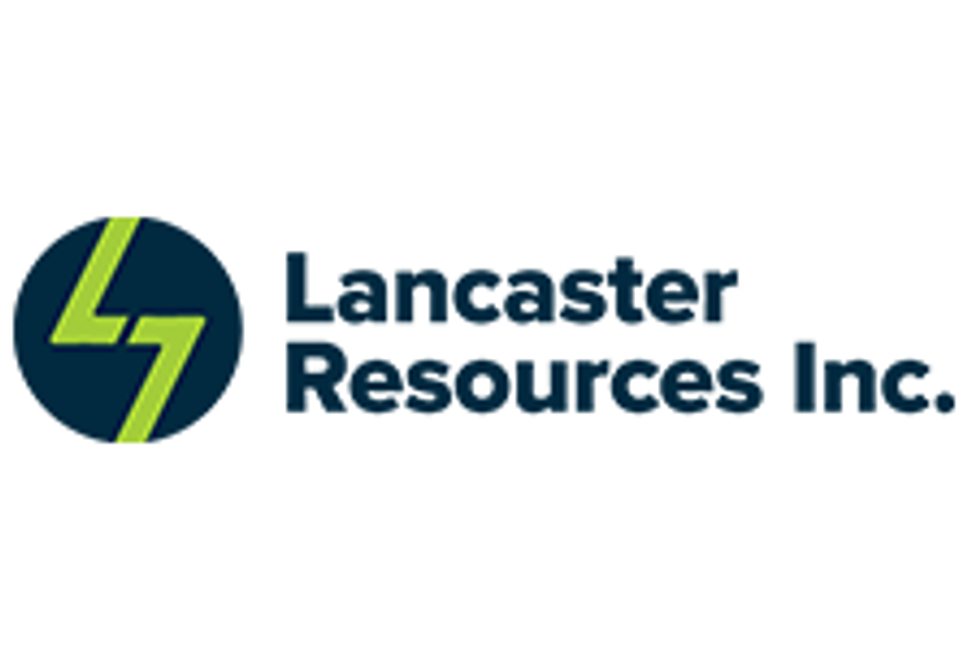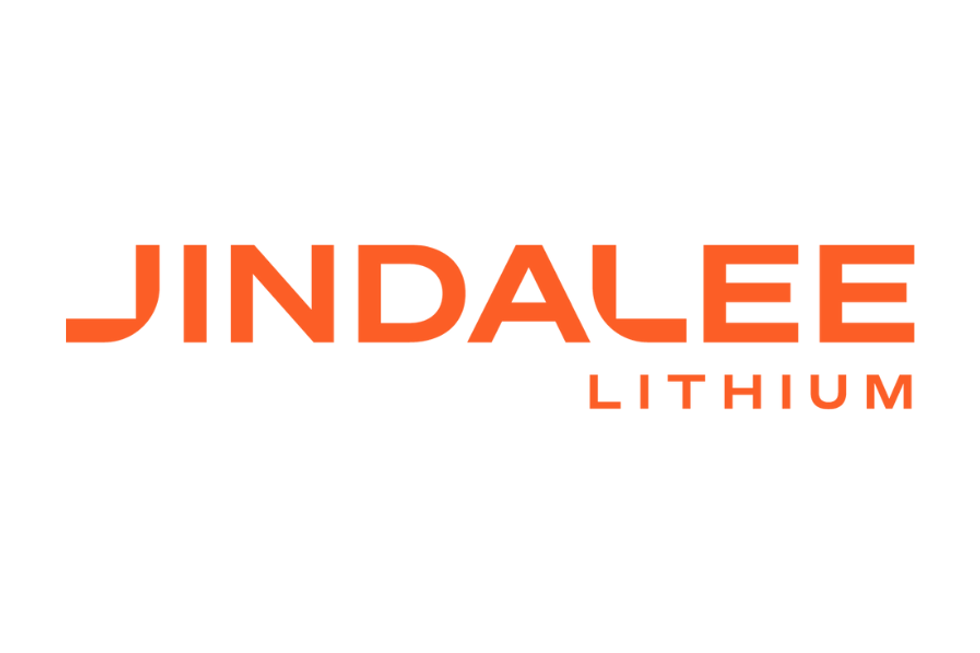- AustraliaNorth AmericaWorld
Investing News NetworkYour trusted source for investing success
- Lithium Outlook
- Oil and Gas Outlook
- Gold Outlook Report
- Uranium Outlook
- Rare Earths Outlook
- All Outlook Reports
- Top Generative AI Stocks
- Top EV Stocks
- Biggest AI Companies
- Biggest Blockchain Stocks
- Biggest Cryptocurrency-mining Stocks
- Biggest Cybersecurity Companies
- Biggest Robotics Companies
- Biggest Social Media Companies
- Biggest Technology ETFs
- Artificial Intellgience ETFs
- Robotics ETFs
- Canadian Cryptocurrency ETFs
- Artificial Intelligence Outlook
- EV Outlook
- Cleantech Outlook
- Crypto Outlook
- Tech Outlook
- All Market Outlook Reports
- Cannabis Weekly Round-Up
- Top Alzheimer's Treatment Stocks
- Top Biotech Stocks
- Top Plant-based Food Stocks
- Biggest Cannabis Stocks
- Biggest Pharma Stocks
- Longevity Stocks to Watch
- Psychedelics Stocks to Watch
- Top Cobalt Stocks
- Small Biotech ETFs to Watch
- Top Life Science ETFs
- Biggest Pharmaceutical ETFs
- Life Science Outlook
- Biotech Outlook
- Cannabis Outlook
- Pharma Outlook
- Psychedelics Outlook
- All Market Outlook Reports

Critical Elements President Dr. Steffen Haber shares what attracted him to the Rose lithium-tantalum project and the new developments in 2017 that will have investors excited as well.
Critical Elements (TSXV:CRE,OTCQX:CRECF,FWB:F12) is advancing toward feasibility at its Rose lithium-tantalum project in mining-friendly Quebec, Canada.
The Rose deposit is one of the largest conflict-free tantalum resources in the world. With its unique purity and low production cost, the deposit has the potential to supply multiple markets. Read on below for our interview with Critical Elements President Dr. Steffen Haber.
The Rose deposit has an indicated resource of 26,500,000 tonnes containing 259,700 tonnes of lithium oxide and 9,514,317 pounds of tantalum pentoxide, and an inferred resource of 10,700,000 tonnes containing 92,020 tonnes of lithium oxide and 3,417,400 pounds of tantalum pentoxide.
Critical Elements recently completed a multiple-test pilot plant that demonstrated that the conversion of the resources from the Rose deposit into the spodumene crystalline phase is easily achievable. Extraction was achieved at very high conversion rates, yielding 97 percent or better compared to the industry standard of 91 percent to 92 percent. The high yield confirms the low-impurity profile of the Rose ore, allowing for the production of battery-quality lithium carbonate at a competitive cost and without additional purification steps.
Critical Elements has a collaboration agreement, that includes a take-or-pay offtake agreement with German chemical company HELM for all production from the Rose deposit.
Investing News Network: Please tell us about your background and success in the lithium space, and what attracted you to Critical Elements and the Rose lithium-tantalum project?
Critical Elements President Dr. Steffen Haber: I’ve been in the lithium business for more than 10 years. Originally I joined the lithium business as general manager of Rockwood Lithium, and its predecessor company Chemetall Lithium. After awhile I took over the responsibility of managing director, and also CEO of Rockwood Lithium up until it was sold to Albemarle (NYSE:ALB).
I have a huge background on that side, but originally I am a chemist. My business education allows me to really cover all of the business aspects that are important in the lithium industry. Also it’s important to mention that it’s a fast-growing, relatively complex industry similar to the pharmaceutical industry in which I did work for a couple of years prior to joining Rockwood.
What did attract me to Critical Elements and the Rose lithium-tantalum project is first of all the very reliable management and the care they take in moving the feasibility studies forward in order to move into detailed engineering and construction on the project. Rose is an excellent project in terms of the ore quality, the ore body and the simple processing and mining.
We have already achieved high-grade spodumene — a grade that is far above the industrial average — and low iron content. This is very appealing to me and it demonstrates the reliability of the project, which is necessary in order to put additional lithium resources on-stream in due course. This reliability is of utmost importance in order to support the growth of the automotive industry.
INN: What in your opinion are the key factors driving the lithium market, and why should investors be excited about this sector?
SH: A major driver in the lithium industry is fundamental changes in the macroeconomic environment moving from combustion engines into electric cars. This is why we now have a fast-growing market with demand of about 200,000 tons of lithium carbonate equivalent for a market size totaling US$2 billion to $3 billion. But it’s not only the automotive sector where we are seeing such growth, but in the telecommunications industry as well. Electronic tools in a sense are getting more mobile at an improved rate if you compare it to 10 years ago. This industry has a very broad application scheme, and lithium is key to many of those applications.
Why should investors be excited about this sector? Due to the fact that it’s a fast-growing industry in a fast-growing environment there is a strong need to bring additional resources onstream. Bringing new resources onstream is becoming more expensive and requires a lot of investment into the development of these projects. Accordingly, the price of lithium carbonate and other downstream products needs to follow these investments, which means long-term price growth and long-term volume growth. It’s not a matter of economies of scale, but rather a matter of cost margin, of the EBITDA margin, and the overall industry. In order to maintain that growth will require a minimum EBITDA margin of more than 20 percent. And that’s the excitement about the sector — the ability to invest in assets tied to reliable deposits with superior ore bodies and superior ore quality.
INN: Critical Elements recently released the results of the Rose pilot plant work. Can you please share some highlights from the results and what it means for the project moving forward?
SH: The results of the pilot for the Rose project are very exciting. It did confirm what all of us were thinking about the project itself — a very high recovery rate of more than 20 percent above the industrial average and very high grades, also 20 percent above the industrial average. Our cost base is low due to the simplicity of the mining operations. It’s a straightforward open-pit mining operation with a no risk profile in terms of the technology. We are not applying any sophisticated technology, only those technologies that are very suitable in general in the mining industry or are traditionally used in the lithium industry.
In terms of the results and what it means for the approach going forward, if you want to produce a high-purity lithium carbonate at low cost and at a high recovery rate, then the design of the orebody is of utmost importance. We have already demonstrated chemical-grade spodumene and technical-grade, and in comparison to other deposits our grades are much better.
We are also well located in terms of the jurisdiction, with well-established infrastructure already in place. Even though we are located in Northern Quebec, the project is not remote; it’s next to the road and to the electrical grid system, so we are well equipped already.
We are now in the middle of the piloting project for lithium carbonate, and we will publish the feasibility study for spodumene by the end of June or beginning of July. Then we are moving into detailed engineering.
It’s also important to mention in terms of strategy for the company that because of the high quality of the ore we are able to follow a two-stage process. That means first we will construct a spodumene plant, and put that on stream which is allowing us to sell spodumene chemical grade and spodumene technical grade to the market. Because of the unique nature of our spodumene technical grade we can directly market the product into the glass and ceramic industry, fully capturing the value of lithium carbonate without spending cash in the conversion from spodumene to lithium carbonate. These are the highest-margin products in the lithium industry.
The spodumene sales are already generating two-thirds of the total value of the deposit. With this strong cash flow we are able to take the time to carefully develop our lithium carbonate process which is based on an established process. We are not forced to fast-track and we can take the time to derisk the process from a technical standpoint. The high quality of the spodumene ore is really allowing us to choose that two-stage approach.
INN: Management at the Germany-based chemical company HELM has said their clients are looking forward to getting their supply from the Rose mine. Pease tell us about your offtake agreement with the company and the value of their partnership for your shareholders.
SH: HELM is already participating actively in the feasibility study and is firmly committed to this project. On a weekly basis, three HELM engineers are in Montreal working with our people in order to move the feasibility study forward and into detailed engineering.
In terms of the offtake agreement, HELM is an excellent sales and distribution partner with global exposure. They have about 1,000 people working in marketing and sales, and they specialize in distribution and dealing with local circumstances. This is allowing us to immediately capture the full value of our products, and negates the need for us to build up our own sales force and then try to penetrate the market. This strong representation worldwide has translated into a much quicker route to strong cash flow and we are also achieving excellent pricing which would be difficult to do on our own.
HELM has been in the lithium business for more than 20 years and we are capitalizing on their experience to generate strong value for our shareholders.
INN: Now that the pilot plant study for spodumene is complete, what’s the next step for Rose and what other catalysts can investors look forward to this year?
SH: Our next step is completing the bankable feasibility study for spodumene. We are now into the phase of completing the pilot plant study for the lithium carbonate and after that we will move into the feasibility study and basic engineering for lithium carbonate. We will also be nominating an engineering company for the detailed engineering of spodumene production. These are the major steps forward investors can look for this year from Critical Elements.
CEO interviews are part of investor education campaigns for clients advertising on the Investing News Network. Important news is contextualized by CEOs, and the resulting interviews are disseminated to the Investing News Network audience because they have value to market watchers.
The Investing News Network interviews a CEO for an understanding of their perspective on the company, the investment potential of the company and market news related to the company. The information contained here is for information purposes only and is not to be construed as an offer or solicitation for the sale or purchase of securities.
Outlook Reports
Featured Battery Metals Stocks
Browse Companies
MARKETS
COMMODITIES
| Commodities | |||
|---|---|---|---|
| Gold | 2390.49 | +7.63 | |
| Silver | 28.68 | +0.51 | |
| Copper | 4.39 | +0.06 | |
| Oil | 84.79 | -0.57 | |
| Heating Oil | 2.64 | -0.02 | |
| Natural Gas | 1.67 | -0.06 | |
Investing News Network websites or approved third-party tools use cookies. Please refer to the cookie policy for collected data, privacy and GDPR compliance. By continuing to browse the site, you agree to our use of cookies.





